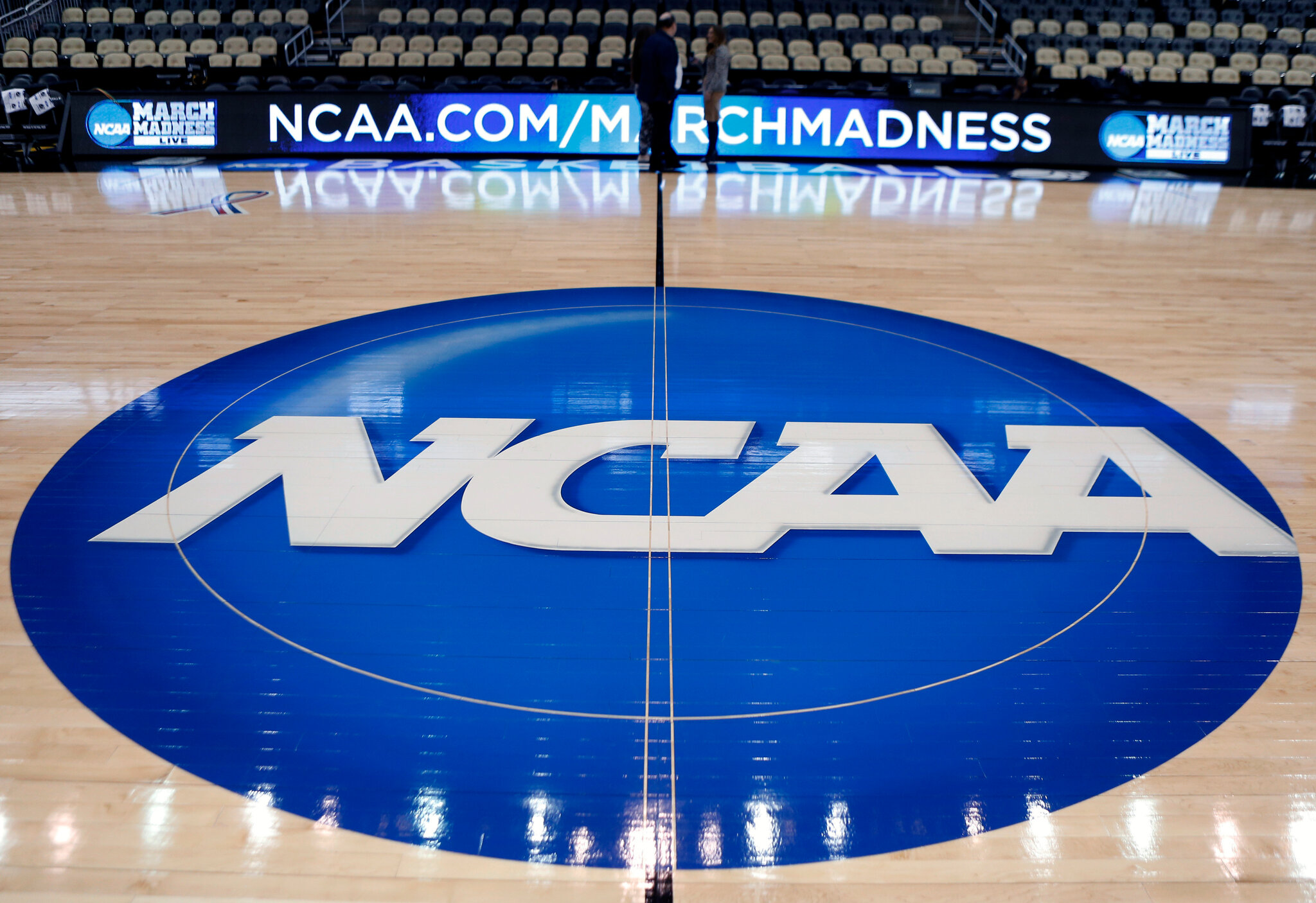On December 5th, Charlie Baker, the president of the NCAA, proposed rule modifications that have the potential to drastically alter college athletics.
According to the proposal Name, Image, and Likeness (NIL) deals will allow Division I institutions to pay athletes outside of instructional resources. In addition, a separate division would be created just for the best-resourced universities, giving them the freedom to determine their policies regarding recruitment, transfers, and roster size.
To improve student-athletes’ overall experience, Baker’s plan requires participating schools to pay at least $30,000 per player annually into an upgraded educational trust fund. This action is noteworthy because it deviates from the NCAA’s previous approach, which limited athletes’ non-academic compensation.
To address gender equity, the proposed policy mandates that the trust fund abides by Title IX regulations, guaranteeing that cash is distributed equally to athletes who are male and female. Schools in the new subdivision would also be free to set their policies regarding NIL, the Transfer Portal, and collective affairs. This will serve as a model for Congress as it continues to pursue federal regulations about college athletics.
Although Baker’s idea is a step in the right direction, some debate that it doesn’t adequately address the fundamental problem of athlete employment. The NCAA has been fighting to keep athletes from being classified as employees, but experts believe that to properly distribute cash to young athletes, this may be a necessary step.
The purpose of the proposed amendment is to start an important dialogue about the current student-athlete payment structure, highlighting the necessity of flexibility within NCAA regulations and universities. The precise timing of these modifications’ implementation is still unknown, though, as it usually takes more than a year to amend a key NCAA rule and must be approved by a voting procedure held during the annual convention, it may be a while before this is ever put into action.
Feature Picture Credit by The New York Times
